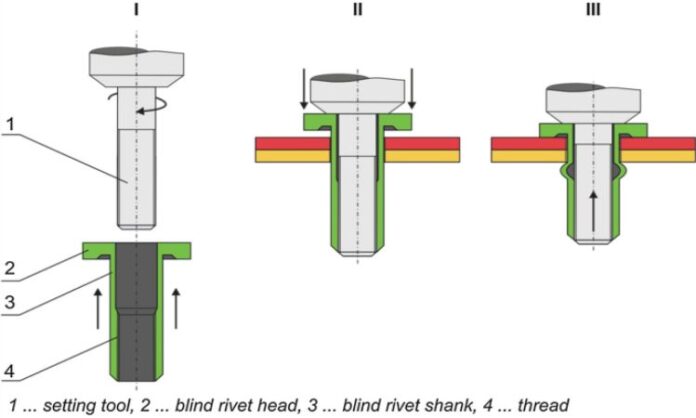Choosing the proper mechanical joining methods is essential for the success of any engineering work. It avoids corrosion of the material, physical damage, and reduction of overall strength, which affects your design during manufacturing.
Every type of joining technique has different properties that suit various applications. As there are multiple options for mechanical joining, it is critical to find a proper design for your project and optimize the productivity of your manufacturing. Stanley Engineered Fastening provides the best mechanical joining system.
This article guides you on various mechanical joining techniques: choosing the right method for industrial use.
What Are The Main Factors When Selecting Mechanical Joints?
-
Operating Environment:
Each operating system has specific properties, which may damage the strength of mechanical joints, including corrosion, wear and tear, and thermal resistance. These will affect the sustainability of mechanical joints. Hence, you need to check the operating environment when selecting a suitable mechanical joining method.
-
Parent Materials:
It is also an important factor to consider while selecting the proper mechanical fastening. If you are using different materials in which one of the materials is softer than the other, then preventing wear and tear and galvanic corrosion can create a failure of a machine.
-
Load And Stress Requirements:
Each material and design carries particular loads that have to be managed by joints. Even the shear strength has to be taken into account to prevent deformation and mechanical failure.
-
Manufacture And Maintenance:
The speed and cost of manufacturing also increase productivity. The maintenance also plays a critical role in a machine’s design. These factors help to know what is vital for your design to shorten the time of manufacture without affecting its durability.
Different Types Of Mechanical Joints:
-
Clinching:
In this, two sheets of metal are deformed into one. This is ideal for lightweight designs and is effective and cheaper. Clinching has a lower shear strength and is affected by many environmental factors.
-
Rivets:
They are inserted through a tapped hole, and their head is deformed to make it expand and create a strong joint. These are ideal for designs where shear strength and wear resistance are important. But sometimes they can get corroded when different materials are used, making it difficult to repair or replace them.
-
Screw And Bolt Joints:
These look like rivet joints but have threaded holes and bolts or screws. They don’t need any deformation. It improves manufacturing efficiency and is easy to maintain. But they are prone to stress concentration around the bolt, causing fretting wear. It is unsuitable for soft parent materials.
-
Wire Thread Inserts:
This is the most preferred mechanical joint. They are widely used in various engineering projects. They can be installed between the parent material and the fastening element of a joint. It provides a new thread to a joint and distributes the tension equally through the hole and bolt. They protect machinery from heat, corrosion, and wear and tear.
Conclusion
Mechanical joints are suitable for various designs, environments, and applications. You need to consider various factors before selecting suitable mechanical joints.
Share your views.










